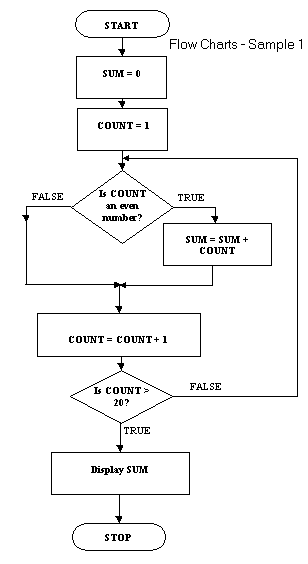Make sure you read the N5 post on design notations for examples of Structure Diagrams, Flow Charts and Pseudocode.
Wire-Framing: A wireframe can show how a website will look and how its navigations structure works; can be as simple as a rough sketch or can be a detailed design showing colour combinations and images
Entity Relationship Diagrams
Relationships can be represented graphically using an Entity-Relationship (ER) diagram.
There are many different notations for ER diagrams, we will use crow’s foot notation.
• The names of entities are written in boxes joined by straight lines.
• At the “many” end the line forks.
• At the “one” end the line it judt joins the box.

Data dictionaries
A data dictionary is a design notation used to show the fields required in each table of a relational database, including field types, validation required, etc.
Thank you to C O’Toole & A Madill from Braidhurst High School for allowing me to edit and publish this here.





